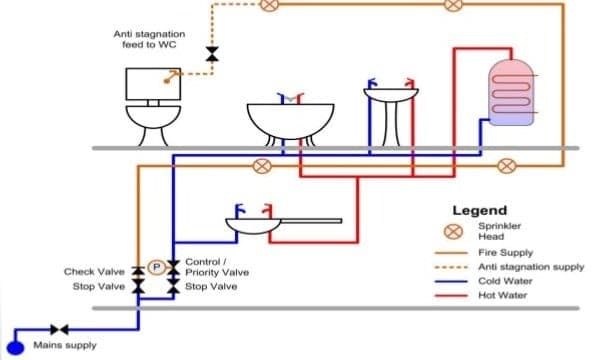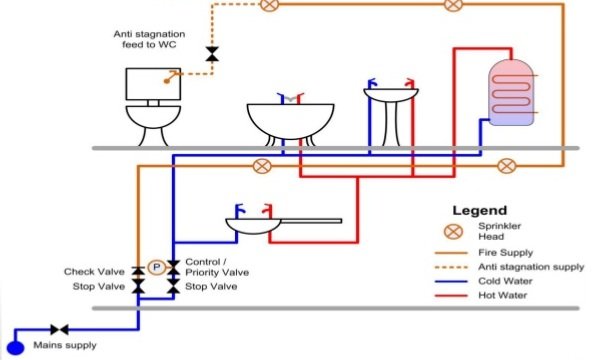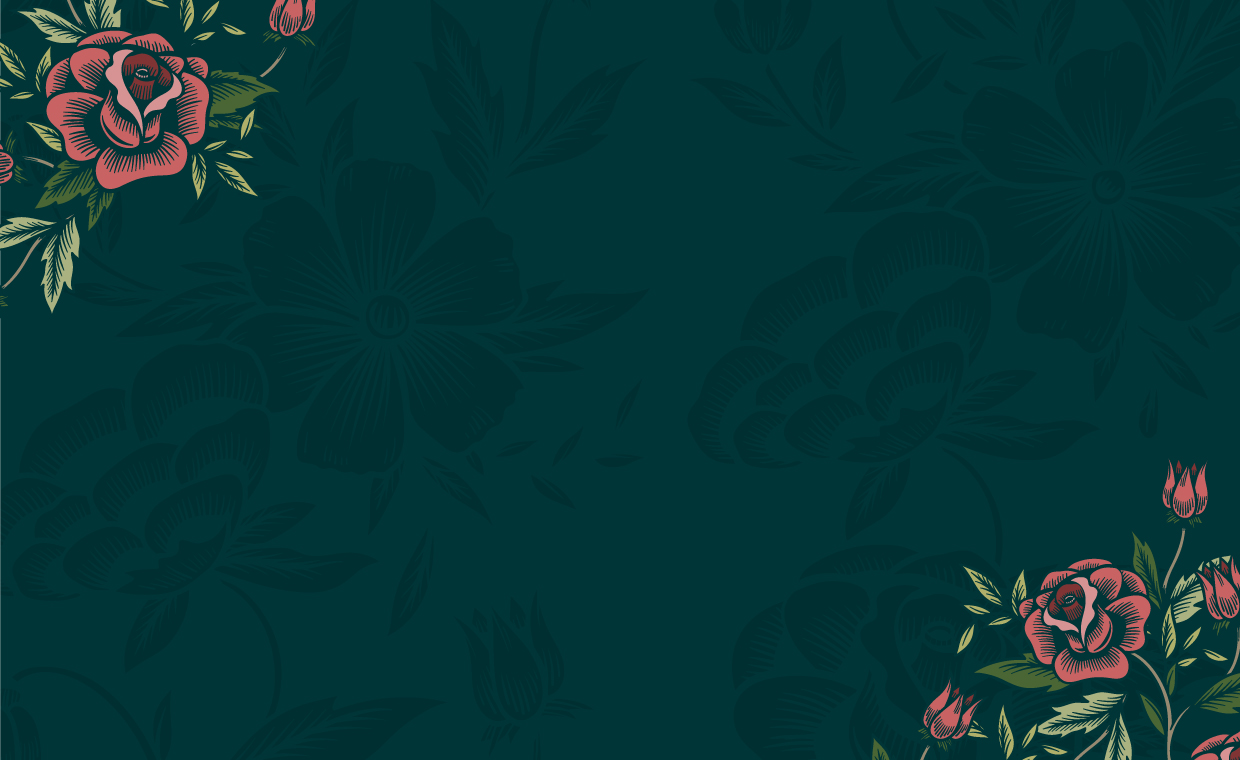
Water Services in a house should be designed and installed as per BS 6700 Water Regulations or IS:1172:1993 Code of Basic Requirements for Water Supply, Drainage, and Sanitation; the Water Regulations. Water supply system in a house can either be direct water supply system; where potable water is available at all faucets (taps) directly from rising main at mains pressure or indirect water supply system where portable water first stored in a storage tank hot or cold and the supplied to all appliances. Direct and Indirect Water Supply Systems are for cold water. For hot water, one must install hot water system, which will provide hot water at appliances (fixtures) to carry out various activities.
There are two types of Hot Water System :
01. Localized Hot Water System:
It is a single point heater system, which heats water locally (i.e one heater will serve one appliance/fixture). It is installed at some height above the fixture, hence less pipe work is needed.
02. Centralized Hot Water System:
It is a multiple point heater system, which heats water for all appliances/fixtures. Here one heater will serve hot water to all appliances of a house. It is installed at a place from where it is convinient to supply water at all fixtures.

Courtesy - Slidesharecdn
Depending upon the number of appliances to be served with hot water in a house, hot water system is either localized or centralized. For more number of appliacnes centralized hot water system is benificial (ex: for a bunglow with 3 – 4 bathrooms one water heater will supply hot water at all fixtures) and for less number of appliances, localized hot water system is benificial (ex: for a row house with 1- 2 bathroom/s separate heater for each bathroom is provided). Hot water system in a house consists of water heater, hot water pipes and taps (faucets). Cold water is fed to water heater, where it gets heated and it is then conveyed through hot water pipes to the faucets and appliances.
However, using a centralized hot water system may need extra care, as occurrences of the common problems such as noisy pumps, cold spots, leaks or radiators often need bleeding; are very common. However, as per 2red, it is possible to get rid of these common problems by power flushing the whole centralized system. Water Heaters either work on electricity or are fuel powered (combustion of wood, coal, charcoal, gas, oil) or uses renewable energy sources i.e Solar Energy.
Based on the method of heating water, water heaters are of two types:
01. Instantaneous Water Heater:
Also known as tank less water heater. Instantaneous water heater consists of switch, small pressure vessel with heat exchanger and a pilot lamp (a lamp that lights up when heater is ON). When hot water tap is turned on, cold water passes through heat exchanger via pipes, where it is heated and hot water flow comes out of the tap. It is installed when small quantity of water is required for long duration of time and at any time. Geysers are the instantaneous water heaters for household water heating. It gives continuous hot water supply all time without storing it. Read Rheem Water Heater reviews for you ease.
02. Storage Type Water Heater:
These are designed to store hot water. It consists of a thermally insulated vessel (tank), thermostats (an indicator device that blinks when water is heated), one or more electric heating elements and hot water pipes. In storage type water heater, water is first collected in tank. The water in tank is heated. It is then supplied at various appliances. Storage type water heaters are used where a large quantity of water is required over a short duration of time, such as bathtubs. It does not provide hot water supply continuously as water is first filled in the container (heater), then it is heated. Once the hot water is emptied from tank, one has to wait for water in tank to get heated. Solar Water Heater, boiler, Electrical hot water tank are types of Storage type Water Heater.
It is mandatory that in hot water system the pressures of the hot water and the cold water should be made equal at each fixture, especially where mixing faucets are to be used.
Author Bio
Nidhi Patel – Civil Engineer































